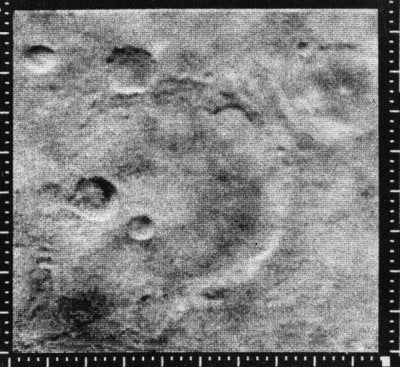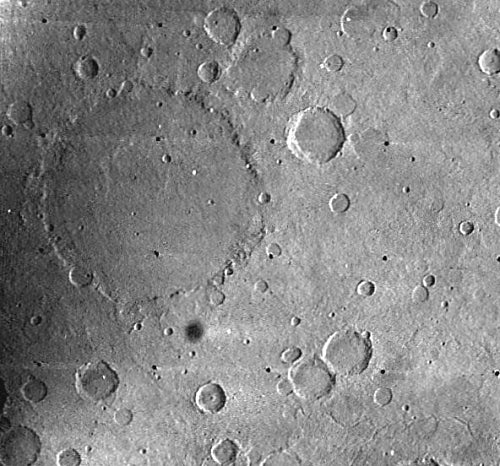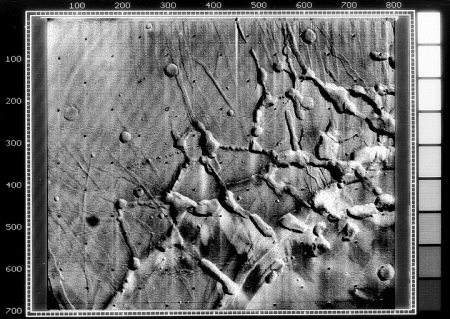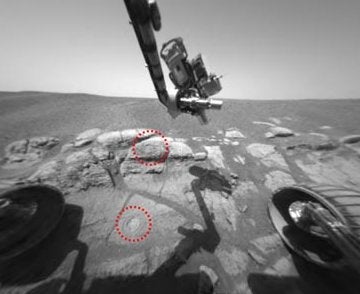The exploration of Mars began earlier than many people think. Just three years after the launch of Sputnik in October 1957, the beginning of the space age, the first Mars probe was launched (by the Soviet Union, now Russia). It failed on launch, however — as did a second Soviet Mars launch attempt a few days later. Over succeeding years, the Soviets tried three more times, each flight failing one way or another. Meanwhile, the United States looked on, while making plans.
First glimpses
The first successful Mars probe was Mariner 4, launched by the United States in November 1964. Three weeks earlier, its twin, Mariner 3, had failed when its aerodynamic shroud refused to come off after the spacecraft left Earth’s atmosphere. Mariner 4, however, successfully flew past Mars in mid-July 1965 and took 22 images.
These images — grainy, loaded with electronic noise, and low in resolution — nonetheless shocked scientists and the public alike because they showed Mars was heavily cratered. Abruptly, any lingering fantasies of a warm Mars with parallels to Earth, possible life, and perhaps even canals (such as the ones envisioned by Percival Lowell) vanished. In its place was a cold, bleak Mars that looked a lot more like the Moon than any place on Earth.
Mariners 6 and 7, launched by the United States in February and March 1969, were the next successful flights, both craft flying past Mars in July-August 1969. Using cameras higher in resolution than Mariner 4’s, each probe took more than one hundred images. The two probes’ results confirmed the cratered appearance of Mars and added tantalizing hints of other features.
This Mars clearly posed geological challenges for any idea of life. The soil was highly oxidizing, and basaltic boulders told of a heavily volcanic past — and yet, the outflow channels pointed to abundant water at one time in martian history.














